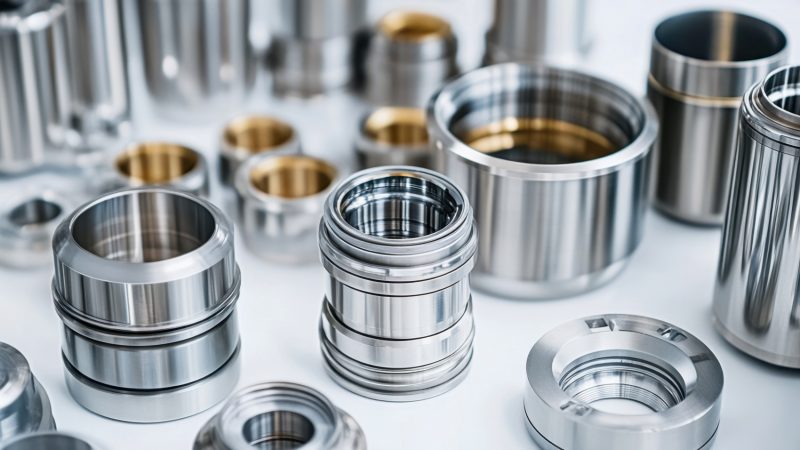5 Top Tips to Improve Your Macro Photography
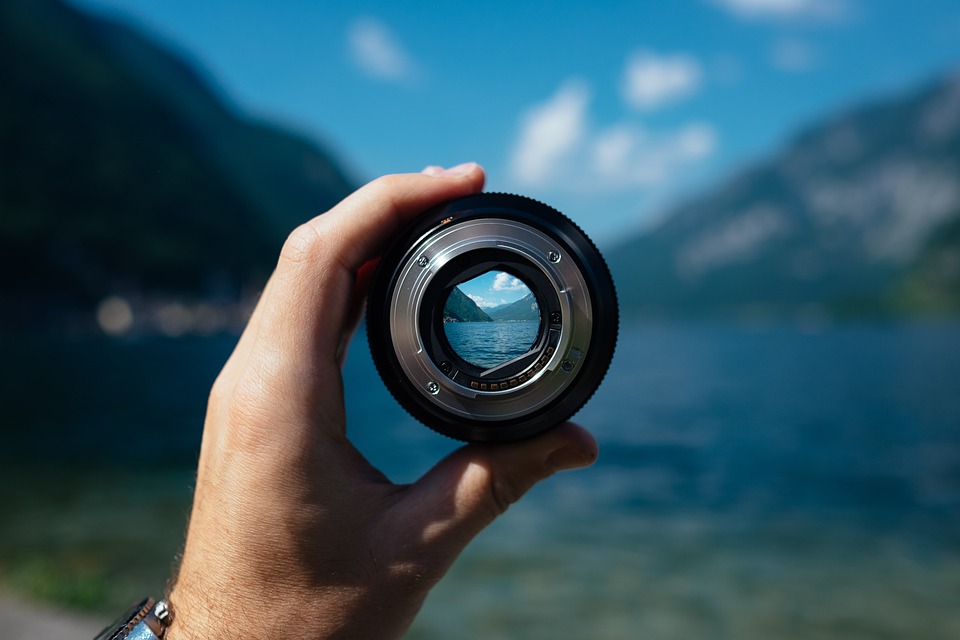
Shooting Macro photography is a wonderful way to explore the unseen world of micro things, be it bugs, flowers, textures or liquids for example. With this type of photography you are specifically magnifying these invisible things to be seen in a light that is quite literally larger than life! I particularly enjoy discovering what cannot be seen; there are foods and insects that are revealed to us only through the exploration of macro photography and it’s a wonderfully exciting form of photography that opens up great possibilities.
The one caveat of macro is that generally speaking you do need a dedicated macro lens that can be mounted onto your camera but there are some workarounds that provide a similar effect. A great number of DSLRs and mirrorless cameras all have macro modes that do provide a macro-ish photograph but are definitely limited by the fact that it’s emulated and not done with an actual macro lens.
1 – Focal Length
This is definitely something to consider before buying a macro Nikon lens because the focal length can be restrictive depending on what you’re primarily shooting. What I mean by this is that if you want to photograph living and moving subjects, you may want a longer focal length so as not to be too up-close to the subject – this may startle and scare away your subject. A 90mm or above macro lens will allow for some distance between you and your subject which may be handy. Of course, this depends on what you want to shoot, if your subject isn’t nervous with a large camera in their face then a shorter focal length is fine.
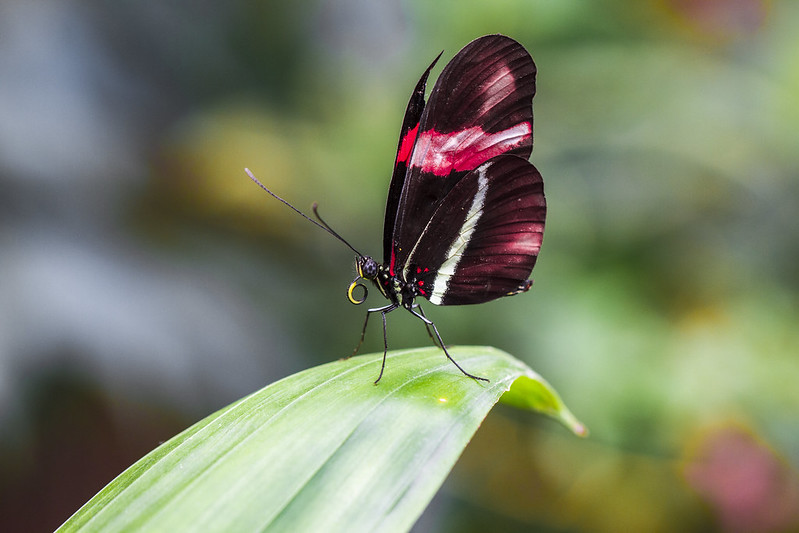
The above photograph illustrates this point as Ingmar took the picture using a 100mm macro lens to capture this butterfly in incredible detail. You could of course work around the focal length problem by setting bait for your subject to be in front of the lens. There are definitely ways around it but having that longer focal length certainly helps with flexibility in terms of what you’re able to capture.
2 – Depth of Field
This is arguably the trickiest part of macro photography as achieving the right balance between sharpness and depth of field can be tricky. You may see that a lot of your early shots have only a small part of your subject in tack-sharp detail while the rest is soft focus or blurry. There are always editing solutions for this such as focus stacking that allows you to stack multiple shots all with different focal points over each other to get the desired outcome. However, if you’re looking to get the shot the first time around, you’ll need to get to grips with finding the right aperture to allow enough light in and get the right plane of focus too. This will depend on the setting and available light but as with anything, practise makes perfect. Look to your garden to get some experience with depth of focus and aperture, ensuring that the subject is correctly in focus without losing any desired detail.
3 – Background
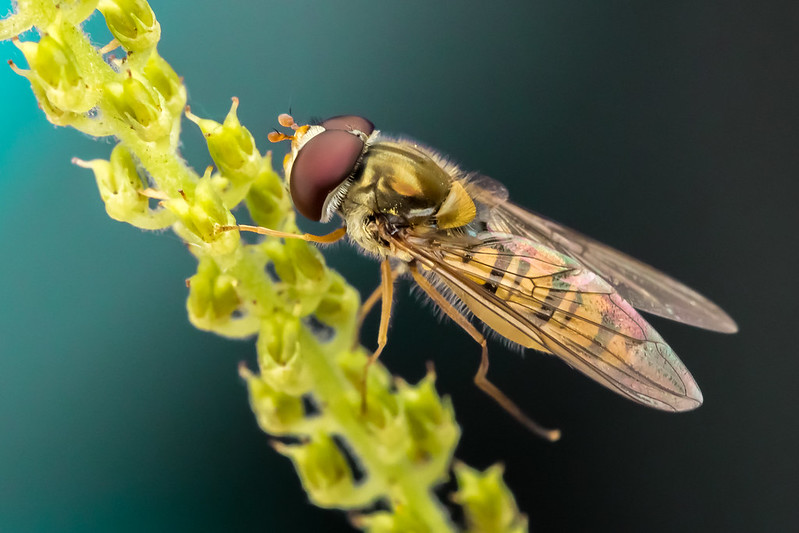
This may seem redundant as the background is most likely going to be blurred out but it still helps to have at least a consistent background. What I mean by this is that you may try to locate a dark background so that your macro shot really stands out for example.
This is wonderfully illustrated in the above image: the focus is entirely on the hoverfly and the background has a pleasing gradient from dark to light colour towards the top of the plant. When you compare Christian’s photo against Ingmar’s you can appreciate the effect of a consistent background immediately. Although the subject is perfectly in detail in both photographs, Ingmar’s background image has lots of shapes and distractions caused by the bokeh effect using a macro lens.
4 – Composition
Everything comes back to composition and that’s for good reason as it’s the bedrock of good photography and no different here. Especially with macro photography where it’s most likely a planned shoot with a tripod set up, a remote shutter release to not shake or disturb any creatures. So with all the preparation, really consider the composition of your intended photograph. Position, light, background all factor in achieving a wonderful shot.
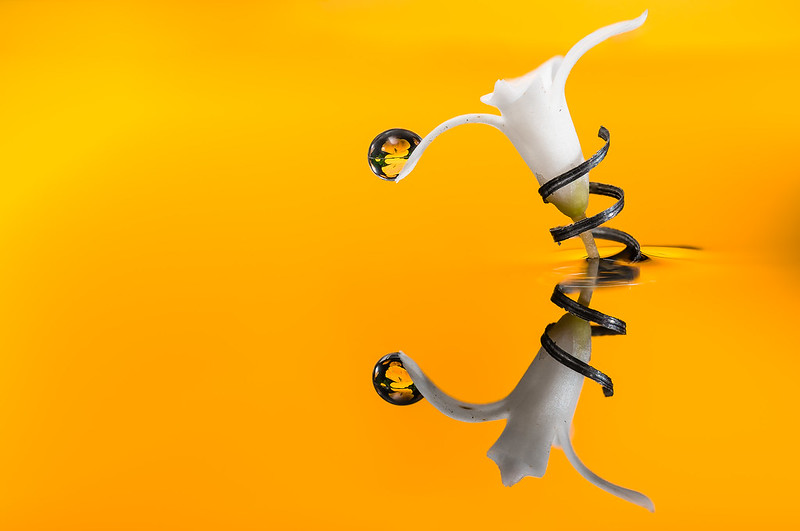
The above image is a great case in point where composition has been played around with to include a water reflection cast on an invisible body of water – made invisible thanks to the clever lighting, angle and depth of focus which blends the liquid into a vibrant yellow backdrop. It’s beneficial to play around with composition to see what works and what doesn’t. You can always crop out elements that aren’t working or adjust any finer details while editing but definitely enjoy some experimentation while capturing the photos.
5 – Patience
As macro photography is so often about capturing wildlife in a unique way, patience will be key to unlocking great shots. Sometimes you may have an idea for something but it requires the perfect time of day or the right angle to work and this can really just be a case of luck or more often, patience. I believe luck comes to those who have prepared and are ready for it, or in the case of macro photography: who are patient! This also applies for getting better too. Even with all the knowledge in the world, the most useful technique for improving is doing.
Nevertheless, hopefully you found some useful insight within this list to help improve with macro photography!
Author Bio:
Andrew Farron works for Fable Studios, a Creative-led boutique video and animation studio that creates tailored brand stories that endure in your audience’s mind. Fable combines your objectives with audience insights and inspired ideas to create unforgettable productions that tell the unique story of your brand.



